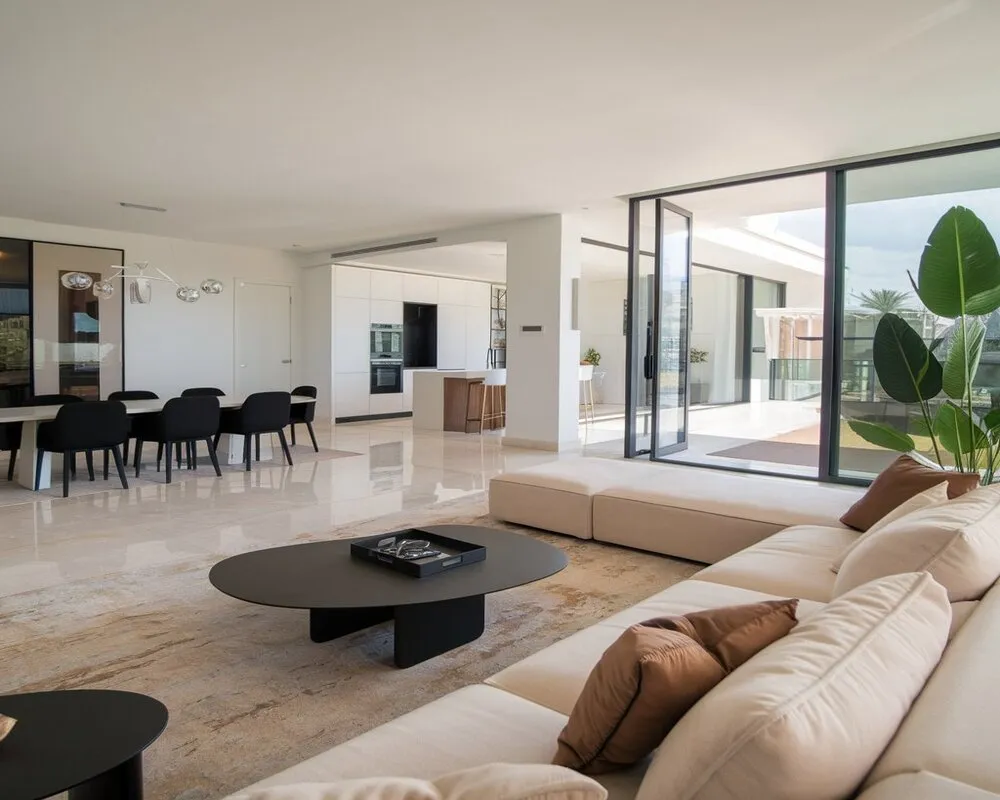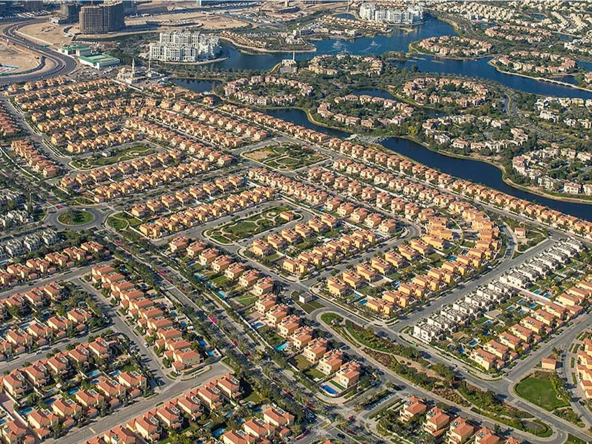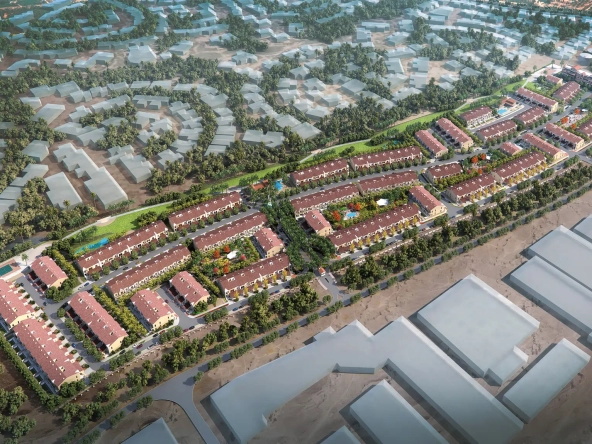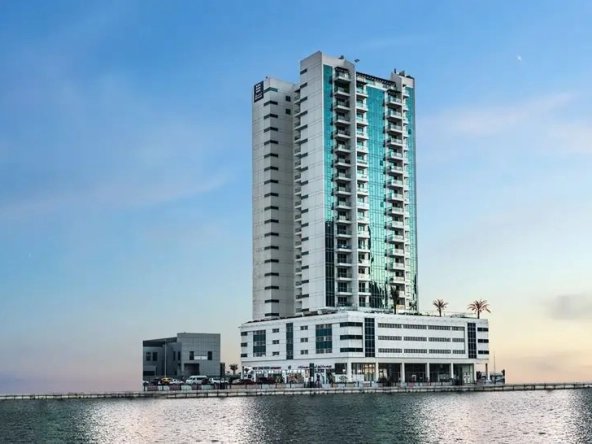Property prices and rents in Dubai will remain stable over the next 18 months and could decline afterward due to increasing supply following many new project launches after the pandemic, analysts at S&P Global on Monday.
A note issued by the international ratings agency said that Dubai’s property market will remain resilient, and there has been no impact of the regional geopolitical conflict on the local market, thanks to demand from local and international investors and several visa reforms that provide stability.
It said rental growth will stabilize as the stock of available units increases in 2025, first in non-prime areas and then to the broader market afterward.
“Property prices will remain stable over the next 18 months and could decline afterward due to increasing supply. A potential increase in supply could saturate the unfulfilled demand and lead to lower prices and rents. The market expects residential supply stock to increase by about 182,000 units over 2025-2026, given that the large number of properties presold over 2022-2023 will be delivered. This is significantly higher than the average of 40,000 units delivered per year over 2019-2023,” said Sapna Jagtiani, primary credit analyst at S&P Global.
Rents and property prices in most of Dubai’s areas have consistently risen due to unprecedented demand in the post-pandemic period.
However, she added that the real estate inventory absorption rate, among others, depends on the annual growth of Dubai’s population – expected to grow about 3.5% over 2025-2026 – and investor demand.
“So far, though, deliveries in 2024 have not kept pace with those in 2023. Significant delays in delivery, which are not uncommon for the industry – often due to construction capacity constraints – could tighten the market and support upward price trends, at least over the short term. Yet we expect the residential real estate market to balance out by 2026 at the latest,” said Jagtiani.
Dubai returns exceed European markets
S&P Global expects Dubai’s population to reach 4 million by 2026.
“Given our expectation of population growth, high prevailing rents, and the high value per square foot returns on real estate investments in Dubai exceed those in most European countries. Therefore, off-plan sale transactions are twice as high in the first half of 2024 as the secondary market, and buyers are willing to pay a higher price per sqft for new constructions,” said Jagtiani.
Dubai has launched the D33 agenda to push the growth of the real estate market and attract more foreign direct investment into the sector.
“We expect Dubai’s economy will remain relatively resilient. Despite geopolitical tensions in the region, we assume a protracted, direct Israel/US-Iran conflict will not emerge. We expect that real GDP growth will remain close to 3% on average over 2024-2027, following a growth of 3.3% in 2023, and Dubai’s GDP per capita will be about $38,000 in 2024,” said S&P.
Also Read: Abu Dhabi villa prices rise 8.2% in a year
New launches slowing down
The study noted that the pace of new launches will decrease over the next 12-24 months as the market has absorbed the supply, but it seems like it could be more sustainable over the long run.
“While developers are in a sound financial position, given strong cash collection, we expect they will remain agile in adjusting new project launches to demand evolution, that is, selling smaller units when prices increase. In a weaker environment, we expect less established developers will start to ease payment plans to maintain sales figures,” said Sapna Jagtiani.
According to Property Monitor’s September report, new off-plan project launches remained at record highs, with just over 13,500 off-plan units added to the market for sale with an anticipated combined gross sales value of Dh28.9 billion. During the first 9 months, new project launches reached slightly less than 100,000 units and Dh242.7 billion in aggregate sales value. This surpasses the volume of units launched in 2023; however, it needs to catch up by Dh30 billion in sales value by comparison.
S&P projected that the share of luxury developments will reduce in 2025 since developers will continue to focus on affordable and mid-market properties. “Even though luxury developments generate a higher margin, the market for luxury apartments remains relatively small. We believe developers will adjust the property mix and size to offer more affordable apartments and villas.“




